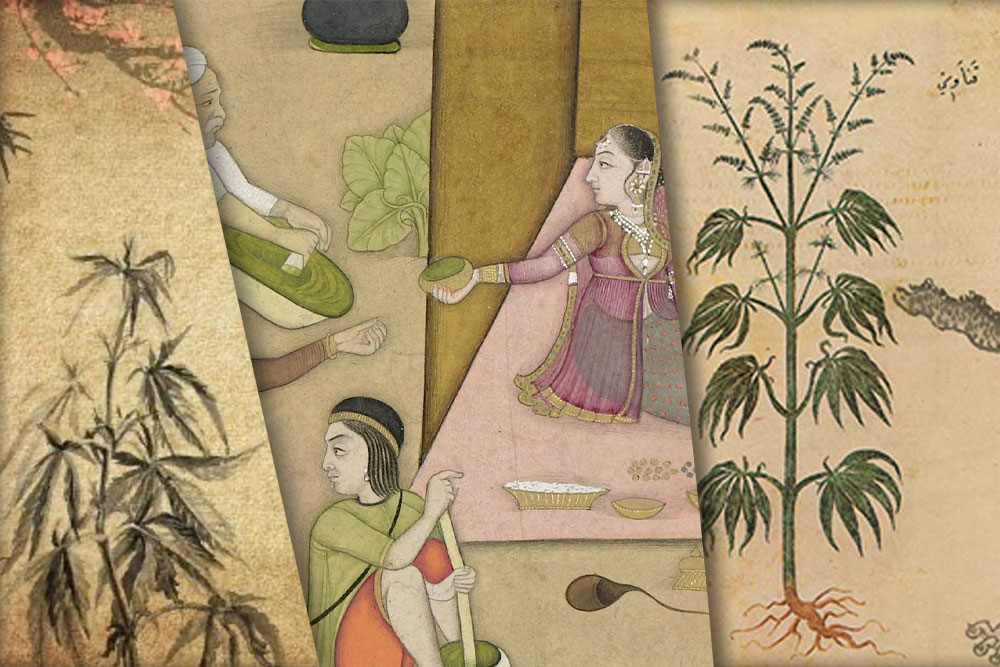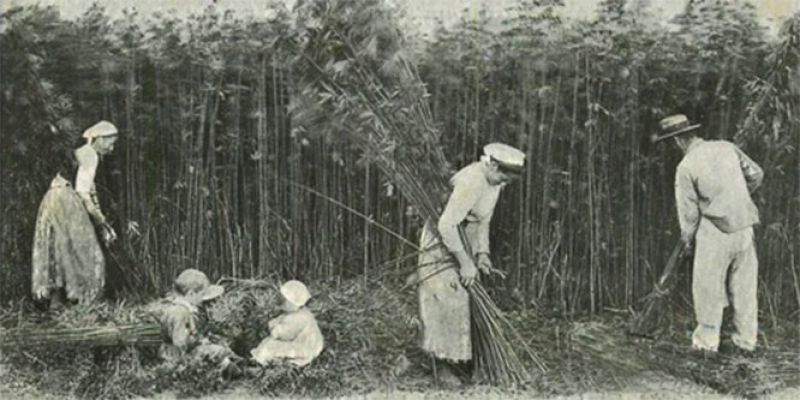Cannabis is one of the world’s oldest cultivated plants, with a history dating back thousands of years. China in particular has played a major role in the development of cannabis use, both for textile and medicinal purposes. The plant has been an integral part of ancient civilizations, contributing to their economy, medicine, and culture. This article explores the long history of cannabis in China, from its earliest uses to the present day, focusing on its agricultural, therapeutic, and social applications.
Origins of Cannabis in China
The earliest evidence of cannabis use in China dates back to about 4,000-5,000 years ago. Archaeological remains indicate that the plant was used primarily for textile purposes. The ancient Chinese soon discovered the properties of cannabis fibers, which were strong, lightweight, and easy to work with. The plant was cultivated for the production of cloth, rope, and nets, and played a crucial role in the daily life of rural people.

Cannabis in Traditional Chinese Medicine
In addition to its industrial uses, cannabis has been an integral part of traditional Chinese medicine (TCM). The earliest written reference to the medicinal properties of cannabis is found in the “Shennong Bencaojing,” an ancient text dating back to 2000–3000 BC. Attributed to Shennong, the legendary Chinese emperor and father of medicine, the text described the use of cannabis seeds (known as “ma zi” 麻子) to treat various conditions, including constipation, pain, and menstrual disorders.
The plant was prized for its calming and analgesic properties. A common preparation was the use of cannabis seeds to improve digestion and relieve pain. Despite the lack of modern scientific understanding, Chinese doctors used the plant’s properties to great effect to treat a variety of conditions.
Ritual and Spiritual Use
In addition to its medicinal and industrial uses, cannabis also had ritual and spiritual significance. Some evidence suggests that cannabis was used in shamanic rituals, where the plant’s fumes were burned to evoke visions and facilitate communication with the spirit world. These rituals were practiced in several indigenous cultures of northern China and Mongolia, where cannabis grew abundantly.
The Impact of Cannabis on Ancient Economy
During the Xia (2070–1600 BCE) and Shang (1600–1046 BCE) dynasties, cannabis cultivation became a vital part of the rural economy. Cannabis fibers were used not only for textiles, but also for paper production. Hemp paper, developed around 100 BCE during the Han Dynasty, was one of the earliest forms of paper ever produced. This technological improvement allowed for the development of written culture in China, facilitating the spread of knowledge and imperial bureaucracy.
The production of hemp paper not only contributed to China’s cultural expansion, but also became a trade commodity in the early Silk Road trade networks. China, through trade, spread the use of hemp paper throughout Central Asia and later to Europe.
The Decline and Resurgence of Cannabis in China
Despite its long history of use, cannabis gradually lost importance in China starting from the end of the Qing Dynasty (1644–1912). The introduction of new technologies and synthetic materials reduced the dependence on natural fibers such as hemp. Furthermore, with the growing influence of colonial powers and the introduction of new laws against drug use, cannabis began to be associated with negative behaviors, particularly with the spread of opium, which became a major social and political concern in China in the 19th century.
During the 20th century, China took a strict stance against all drugs, including cannabis. However, recent scientific and global developments are gradually encouraging a re-evaluation of the plant. In recent years, China has reopened the cultivation of industrial cannabis for the production of textile fibers, seeds, and hemp oil. Although recreational and medical use of cannabis remains highly regulated, China has become one of the world’s leading producers of industrial hemp.



